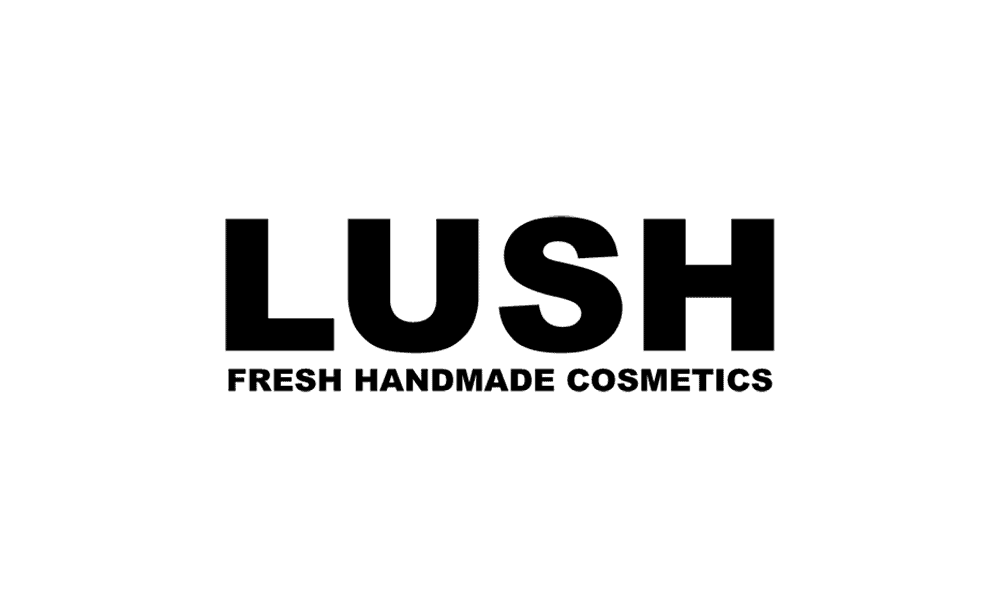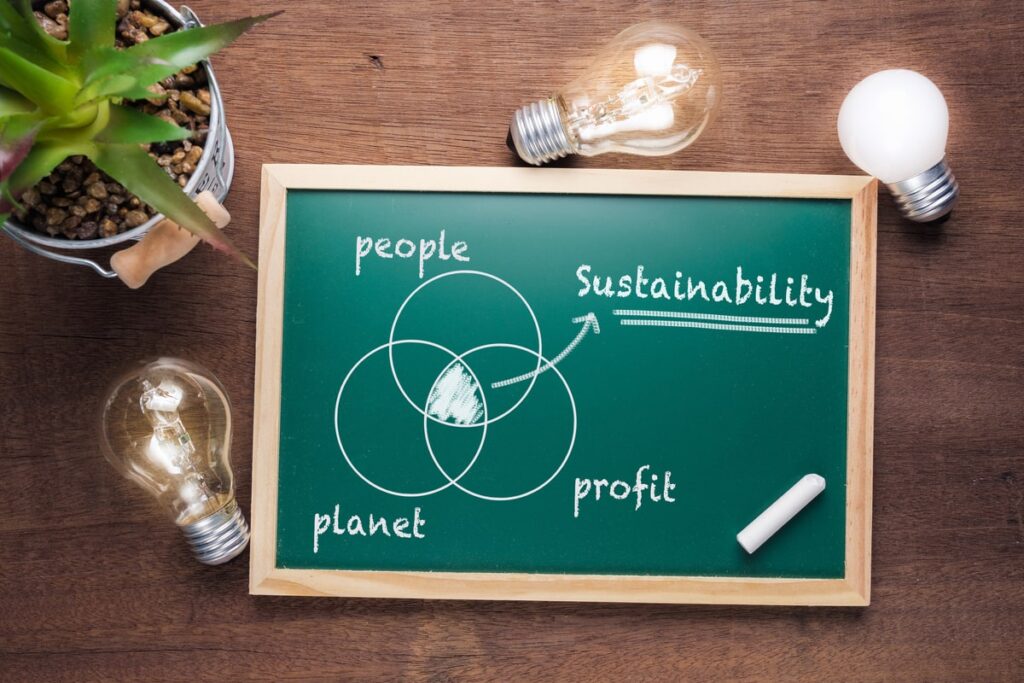The Top 5 Most Effective Green Marketing Strategies
The idea of “green marketing” has gained significant ground over the past few years. There are two main driving forces behind this trend.
One involves governmental regulations and the need for companies to comply with changing sustainability standards.
The second is related to the customers themselves. A recent study found that more than 80 per cent of consumers want to be associated with environmentally conscious companies, meaning that businesses need to look at various green strategies that can implement in their brand.
This is when the power of green advertising can have a massive impact on brand identity and, perhaps more importantly, concerning overall return on investment (ROI). The only question involves the approaches to employ.
Are some more successful than others? Will it be necessary to rewrite an entire marketing template, or can more minor changes be made?
Whether you are a newcomer and have just entered the business world or are hoping to rebrand the existing image of your firm, it is prudent to examine what steps should be employed.
Let us, therefore, examine five powerful green marketing strategies that can be implemented into your brand and highlight the advantages associated with each.
Table of Contents
1 – Taking Search Engine Optimisation into Account

It would be impossible to address the idea of a green marketing strategy without firstly emphasising the role played by search engine optimisation (SEO).
We are not necessarily referring to factors such as website design and HTML coding in this sense (although these are essential elements). Instead, it is wise to look at how keywords play an essential role when refitting an ongoing marketing campaign.
One of the most powerful SEO tactics involves selecting appropriate keywords based on a specific niche market and implementing them into relevant pages on your website.
In this sense, we refer to single words, typically one or two phrases, and long-tail phrases, which are longer sentences or questions. However, it is wise to note that many companies now include environmentally relevant terms when ranking keywords, so competition for many high-ranking keywords is increasing.
Let us examine two fictitious terms which you could use to describe the same product:
- Shampoo store in London
- Shampoo store with organic ingredients in London
While both phrases are valid and explain the product, the second term has been written to appeal to environmentally conscious consumers.
Of the two terms, the second is likely to be seen by or appeal more to an eco-conscious shopper. You can also leverage other standard green terms such as “sustainable”, “eco-friendly”, and “biodegradable” to promote a product or service.
But again, remember not to focus too much on these high-ranking keywords and instead try to implement them into more long-tail keywords to increase your chances of being seen at the top of the search.
2 – The Four “P’s” of Green Marketing

Another tactic that has gained a significant amount of popularity over the past few years involves what is commonly referred to as the “four P’s” of green marketing. The 4 P’s are typically listed as:
- Product
- Price
- Placement
- Promotion
Of course, the product itself must be able to demonstrate that green practices have created it. This is when transparency comes into play. A list of all-natural ingredients, environmentally friendly packaging, and recycled materials may all be applied wherever possible.
Pricing should also reflect a green approach. We refer to consumers’ willingness to pay slightly more for sustainable products, as they are typically more ethically produced.
Additionally, it is wise to point out that rock-bottom pricing points may detract from the quality of what is being offered.
Green placement is usually the distribution channel used to distribute a product or service to the end-user.
After all, it makes little sense for a company to claim that it has adopted ecologically friendly policies only to learn that it is still employing logistics that are not compatible with environmental protection.
Consumers quickly realise that when a brand is being untransparent with its practices, damage to its reputation is not worth the risk.
Promotion is a final element to examine in the 4 P’s before moving on. Green promotions will take sustainable policies into account.
They often include proven statistical figures to provide greater transparency alongside evidence that the company proactively pursues environmentally friendly policies. You can, after that, tie these variables together with traditional marketing strategies to emphasise quality, savings, and reliability.
3 – Employ Science to Reinforce Claims

Modern consumers are more aware than ever before concerning their impact on the global environment, given the impact of social media. This is due in no small part to the attention that has been given to genuine threats such as climate change in recent times through media outlets.
This is why a critical element of any green marketing campaign should highlight how specific company policies and products can benefit the environment.
Such an approach can be seen in a company offering typical “green products” such as Solar Panel Installation.
Website visitors are immediately presented with figures such as how much money they could save by switching to photovoltaics instead of relying solely on mains electricity.
This statement will serve as a compelling “hook”,; enticing the reader to scroll down and learn more. As a result, such a strategy will typically result in higher overall engagement levels.
However, science needs to be presented in a palatable manner. Very few consumers are willing to scroll through long blocks of text to come across a handful of statistical observations. Content creation will therefore need to be taken into consideration.
You should use the curation of high-quality written material alongside relevant (and proven) observations that trusted third-party sources can back up.
Many content creation specialists will also present these facts as clickable hyperlinks. Simply stated, the proof is in the proverbial pudding. Visitors who are presented with verifiable facts concerning the sustainability of a product could very well convert into paying customers.
4 – Logos and Branding
It has often been said that a picture speaks 1,000 words. This maxim is just as relevant when referring to green marketing strategies.
We live within a highly visual society, so it only stands to reason that logos and branding will help to define the overall image of a company and let your customers know more about your brand.
It is also interesting to note that several large organisations have already embraced a greener approach to their visual branding.
Let’s look at some examples of eco-friendly logos to cement these observations and understand more about how to implement them.
The Green Business Alliance

This firm intends to provide companies with unique ways to adopt greener and more environmentally sustainable policies. This is clearly illustrated by a logo that displays a tree in the centre of a circle.
The use of organic colours provides a sense of transparency, and the presence of a circle subtly hints that common goals interconnect all businesses.
Whole Foods Market

This is perhaps one of the more well-known examples of how green branding can define an entire business. Whole Foods has always promoted organic products, and this is clearly illustrated by the presence of a deep green logo and the image of a leaf.
An emphasis on the word “market” below the main title also hints at a more familiar and welcoming environment when compared to larger international chain stores.
Although the design is relatively simple, it provides consumers with a clear image of what they can expect from the overall experience.
Lush Cosmetics

It is interesting to note that at first glance, the logo of Lush Cosmetics does not appear to exude an overly “green” appeal. However, the firm is instead looking to develop an immediate and transparent connection with the end-user through a bold and straightforward typeface.
When this title is then complimented with the phrase “Fresh Handmade Cosmetics”, it becomes apparent that this brand wishes to separate itself from other suppliers associated with less-than-friendly environmental practices.
5 – The Notion of Environmental Advocacy Inside and Outside of the Workplace
Any green marketing approach should be backed up with clear evidence to show that the company in question is doing its part to promote long-term environmental sustainability. You can take several approaches.
The first involves internal policies shared by management and employees alike. Here are some easy examples of how to create or encourager a greener workplace:
- Invest in LED lighting fixtures instead of incandescent or fluorescent bulbs, distinguished by their energy efficiency and long service life.
- Promote a hybrid workplace and encourage working from home to reduce greenhouse gases resulting from traditional forms of transportation.
- Encourage staff to use mugs, glasses, dishes, and cutlery rather than disposables. Use coffee filters made of recycled paper or, even better, get a coffee maker that doesn’t use paper filters.
- Go paperless and use online systems wherever possible instead of relying upon traditional forms of document storage.
- Utilise environmentally friendly office cleaning products that are not damaging to the environment.
- Make sure your office has at least one sizeable live plant in it.
- Place a recycling centre in a prominent location in your office. If there isn’t enough room for a complete set of recycling containers, put a wastepaper recycling box near the printers and a general recycling box in the staff room.
While these in-house approaches are practical, consumers should also be aware of a business’s more significant steps.
For example, a portion of sales profits can be donated to a specific charity, or team members could volunteer at a local charity or organisation that practices sustainability.
A firm might choose to work with local suppliers and manufacturers (locally sourced products can dramatically reduce an organisation’s carbon footprint).
Customers could also be encouraged to return empty containers to the business for subsequent recycling in exchange for a discount. These strategies will help establish a green brand identity within a relatively short time.
Green Marketing: The Wave of the Future is Here Today

In truth, green marketing is certainly not a new concept. Some experts will even argue that it has existed in one form or another as far back as the second half of the 1908s.
However, it is still a fact that the impacts of climate change have never been more apparent, and consumers are becoming all the more aware of the impact their buying habits have.
This is why the average consumer is becoming keenly aware of how the world is affected by their personal choices.
Also, significant firms once associated with a poor environmental track record are beginning to embrace a green sales and marketing approach to improving their reputations.
However, many of these companies have been accused of ‘greenwashing’, so it is vital that you try and implement these practices honestly and transparently.
Therefore, it becomes clear that adopting the right policies at present will have numerous beneficial impacts in the not-so-distant future, not only for the health of businesses but also for the environment.
Conclusion
Green marketing can help improve your business’s brand image, but it also makes sense to protect the world around us, which impacts everyone.
Today’s choices will very likely affect our future generations, so we should do everything to protect them.
Implementing the right choices at the appropriate times is key to success, not only from a protective element but also for strengthening your brand’s reputation. Do not hesitate to refer back to this article for future inspiration or guidance when necessary.
Author Bio: This article was written by Martin Desmond of Wizer Energy. Martin and his team provide comprehensive solar panel installation services nationwide.
